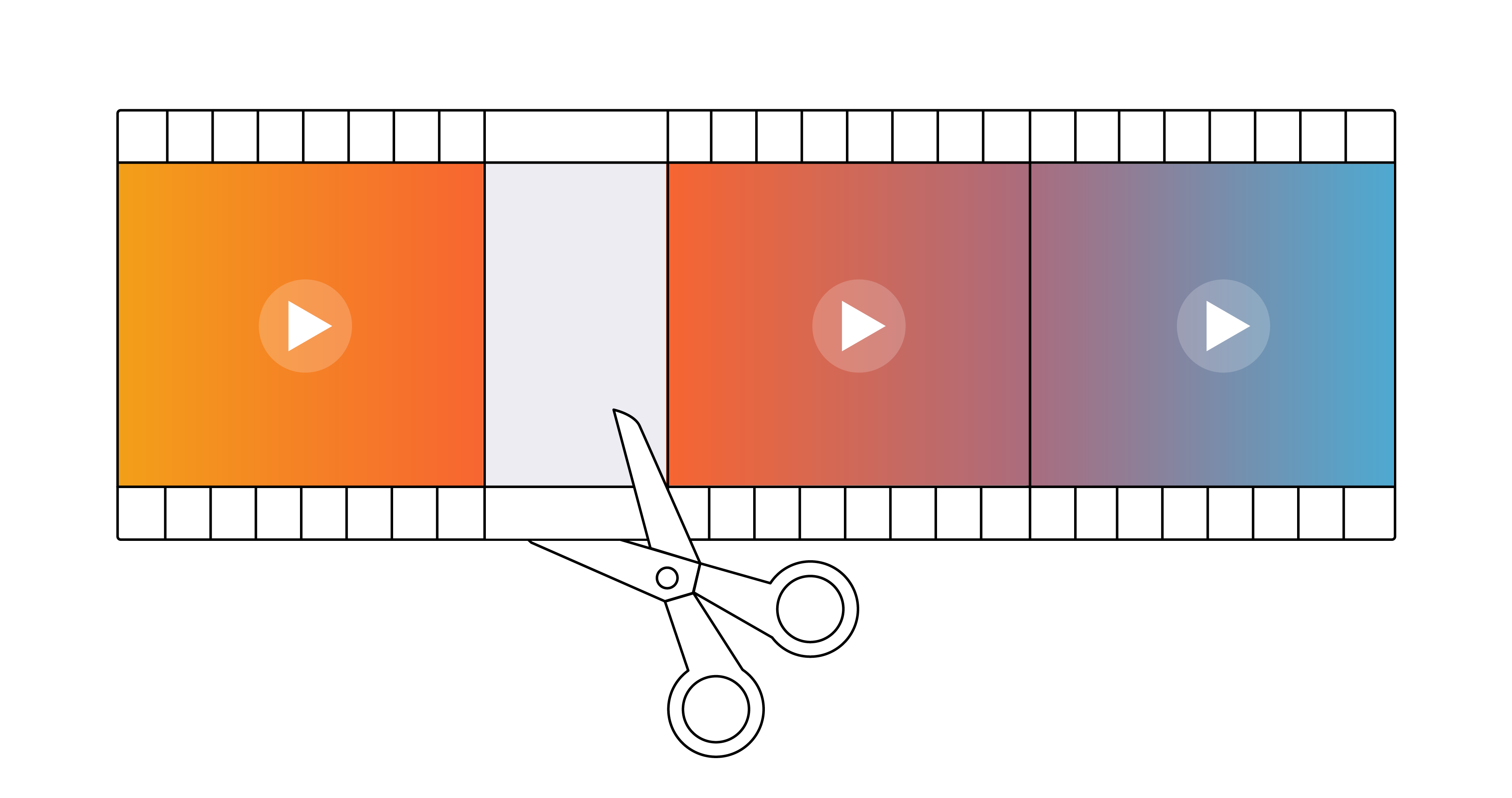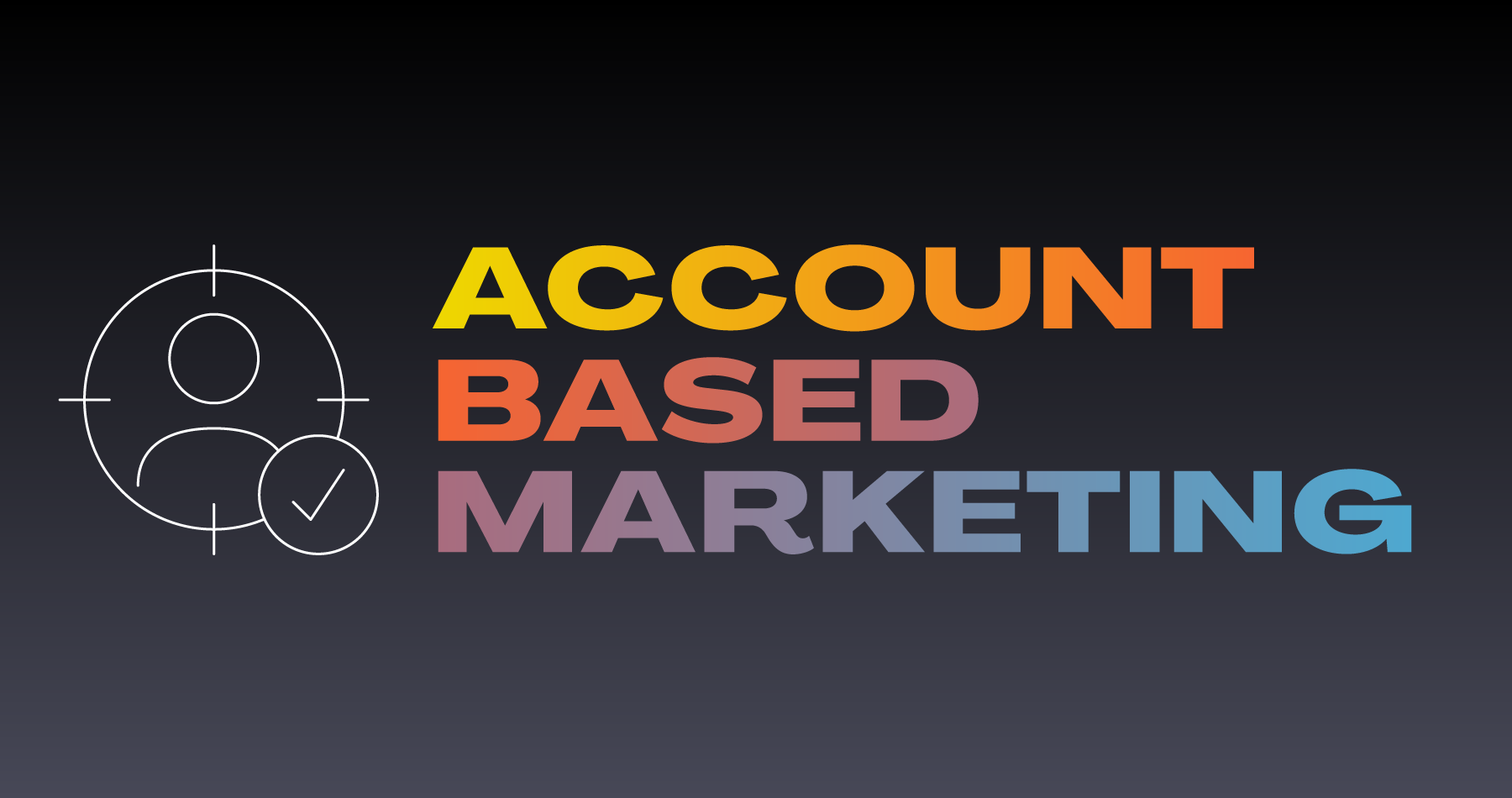How to Position Tutorial Videos for Lead Generation
Marketing

Have you heard the saying: “Training is the new marketing?” Well, it's true. Once reserved for the on-boarding process, tutorial and/or training content can actually be more valuable when customers are exposed to it pre-sales. The great news for marketers is that most companies already put the resources into creating this type of content, so can pretty easily start using it for marketing purposes.
Today, existing training videos are most likely sitting on YouTube organized into topics based on the content the video covers and how customers are looking to learn more about a product or service. The videos might also be co-located and embedded in a protected environment like your company’s website, app, or wiki.
Here at Brightcove, we work with leading tech and brand companies to build strategies that position tutorial videos as key marketing assets for top of the funnel engagement and lead generation. Here are a few tips I learned from our customers who are doing this:
1. Organize and Centralize Tutorial Videos
One of the biggest problems most marketers are faced with when it comes to building a library of tutorial video content is managing that content. For example, some of the videos may be on a YouTube channel, others might be on personal accounts or stored on hard drives. Maybe one of the customer success reps on your team is creating her own videos. So the first step is to find those videos, do an inventory check, and see what you have to work with.
Once you have an idea of what content exists, you should then decide how you are going to position and deploy it. The easiest long-term process is to create a centralized video resource center on your website. It does not necessarily need to be accessible from your website’s navigation; it can be hidden and the link to the video resource center can be delivered to contacts via email campaigns, specific workflows, or nurture tracks using your marketing automation platform.
The main objective here is that your videos are organized to a specific schema — categorize videos by type, product, feature, or common questions the video answers. There are a number of software solutions available, like Brightcove Gallery, that make it extremely simple to deploy a video resource center without needing IT or development resources.
2. Low Production Value Often Does Not Matter
Now that you have compiled all your tutorial video content, you are probably thinking: “this is not customer facing.” The videos probably don’t have your corporate branding, they may be grainy, they may only be screen recordings with no live video of the person presenting the material — this is all A-Okay! You don’t need to spend tens of thousands of dollars on production for tutorials, if the viewers are interested in the content, they will watch it even if it’s not high-production quality. So don’t get bogged down by thinking about the production — spend your time thinking about the content!
Stats from customers show that the highest performing video in their entire arsenal of content are tutorial videos. It's where new leads are converted and where prospects at the bottom of the funnel go to see final details before purchasing. If you have production resources in-house, you can create a branded look and feel in the video by adding bumpers (pre/post-roll video clips) to the content to keep it within your company’s branding and style guidelines.
3. Give Prospects an Option to Engage with Tutorial Videos
All of your video content is organized and presented in a branded video resource center, but it is not yet approved by your web team, and there is no link to or from any of your corporate web properties. Now what? You need to decide how you are going to get this content out and who should see it. It might be best to start experimenting on an ad-hoc basis. For example, if you are a B2B company with sales reps on the phone talking to leads and prospects daily, you may want to give your reps access to your new tutorial videos to share one-on-one with their prospects as they progress in the sales cycle. Doing this will give your sales team new tools, but also provide a testing ground that is isolated and controlled so you can see it work on a small scale before going public with the rest of the tutorial videos.
Once you have tested ad-hoc, you can start including links to the resource center and individual videos in outbound emails, nurture tracks, etc. Imagine an unidentified contact is on your corporate website, reading your feature details, browsing company info. He then clicks a button called “How it Really Works,” which takes him to the video resource center or to a form where he can subscribe to receive an email that will route him to tutorial videos that give him an inside look into your product. By the time the contact finishes engaging with the content, he will most likely have jumped ahead in your sales process or qualified himself out.
4. Include a Call-to-Action with Each Tutorial Video so the Viewer can Take Further Action
There is no point in positioning tutorial videos for marketing and lead generation purposes without a clear call-to-action in or around the video. In this case, a marketer could include a CTA at the end of each video, giving the contact the ability to engage with a sales or support rep at anytime. The CTA will be the main mechanism for driving new leads with this content. A strong performing example is a very simple form requesting name, email, and company.
If you decide to forego the CTA route, there is much value in connecting your marketing automation and CRM systems to your video hosting solution so you can get the analytics needed to make critical sales and support process decisions. To learn more about how marketing automation works with video, read our most recent post on the topic.
5. Monitor, Measure, and Message
The value of positioning tutorial videos in marketing strategy is not only to drive leads and new conversions, but also to monitor and measure. Video is much more revealing than static content like whitepapers, case studies, blog posts, etc. The analytics from static content is limited to general engagement metrics. In other words, you know a contact downloaded a whitepaper, but you don’t know if she actually read it. With video, you can get rich analytics such as at what point viewers drop off, allowing you to understand what content is most interesting to your audience.
A good video marketing platform will provide video play details in a graphical representation, known as a heat map. This level of detail provides marketers and sales reps with key details on the contact’s engagement, and can be used to trigger messaging via a marketing automation platform or email system. Video engagement data can also be used to bump up a lead or behavior score, trigger a workflow, etc. Video engagement information can also be sent to a CRM, giving sales teams access to this same information on a contact level basis.
It’s a good idea to integrate some sort of email messaging tied to engagement with your video tutorials. For example, if you go to Emerson Process Management's video library and watch a number of tutorial videos, within 10 minutes you will receive an automated email recommending associated content. An hour after that, a sales rep will contact you and begin the sales process.
How are you leveraging your tutorial videos? Maybe it’s time to pull them from storage and put them to work for your marketing and sales teams. Your team will be impressed by your ingenuity and success. Let us know how your tutorial videos are succeeding and maybe we can feature your success story in one of our upcoming blog posts. Tweet me at @MattyChilds.

